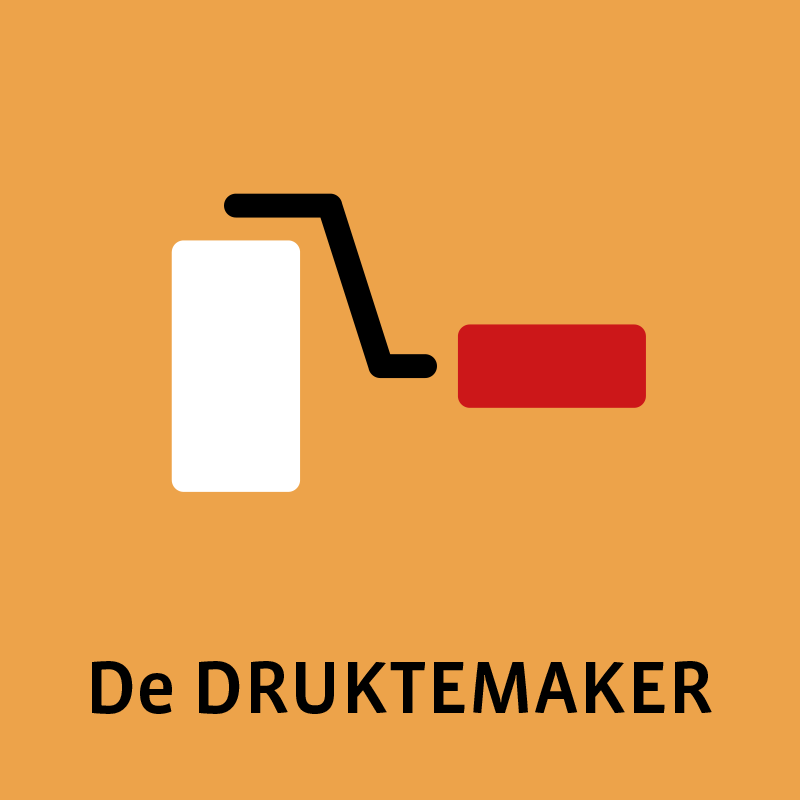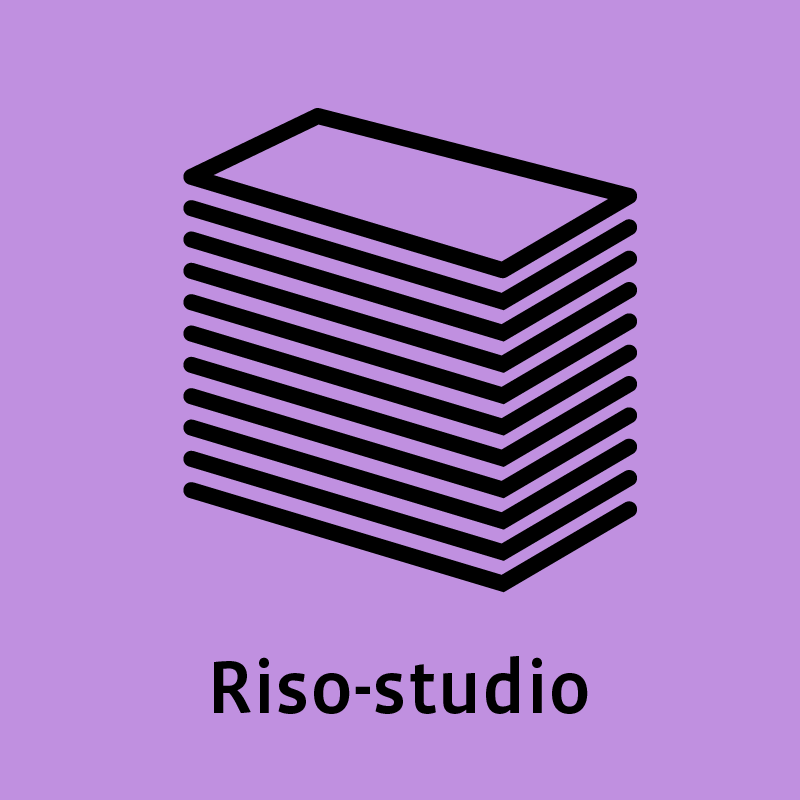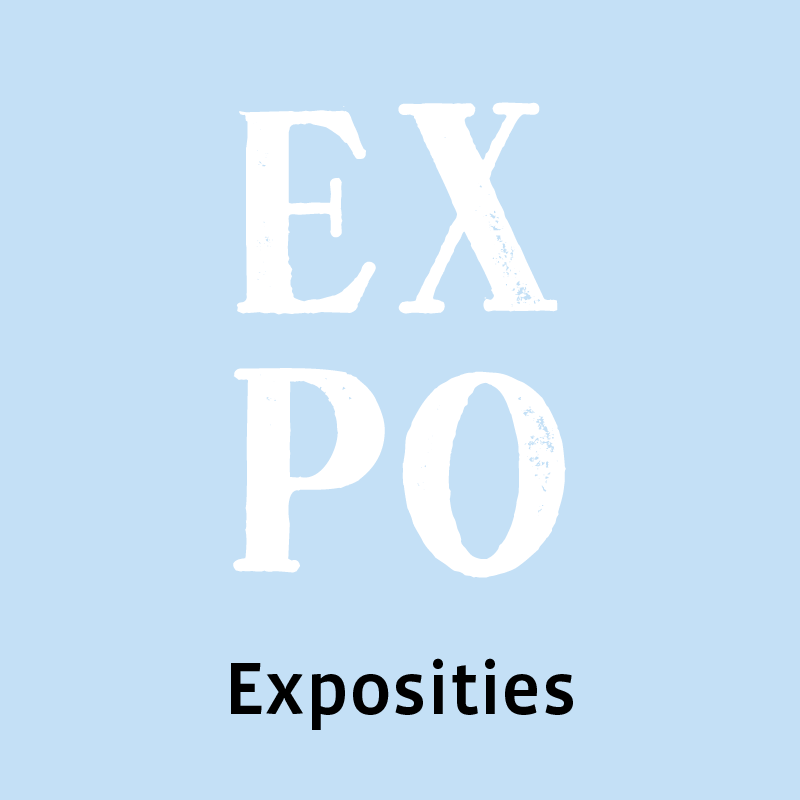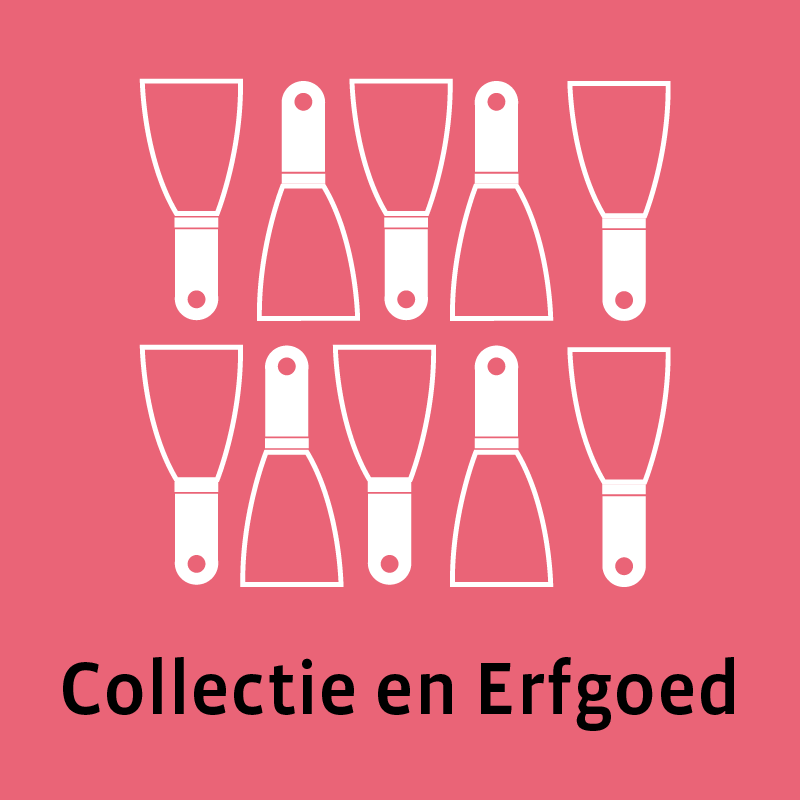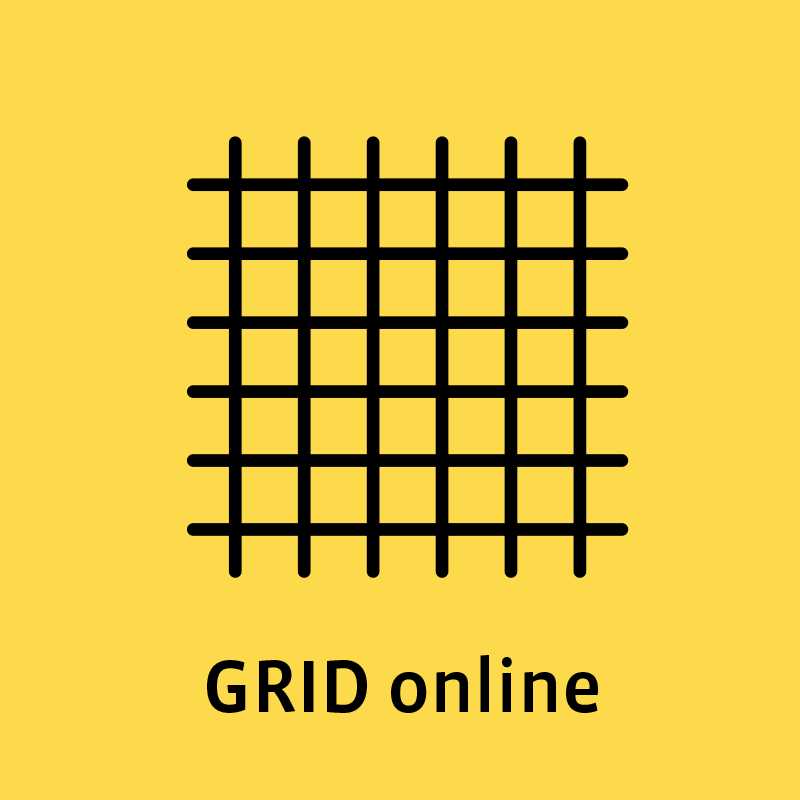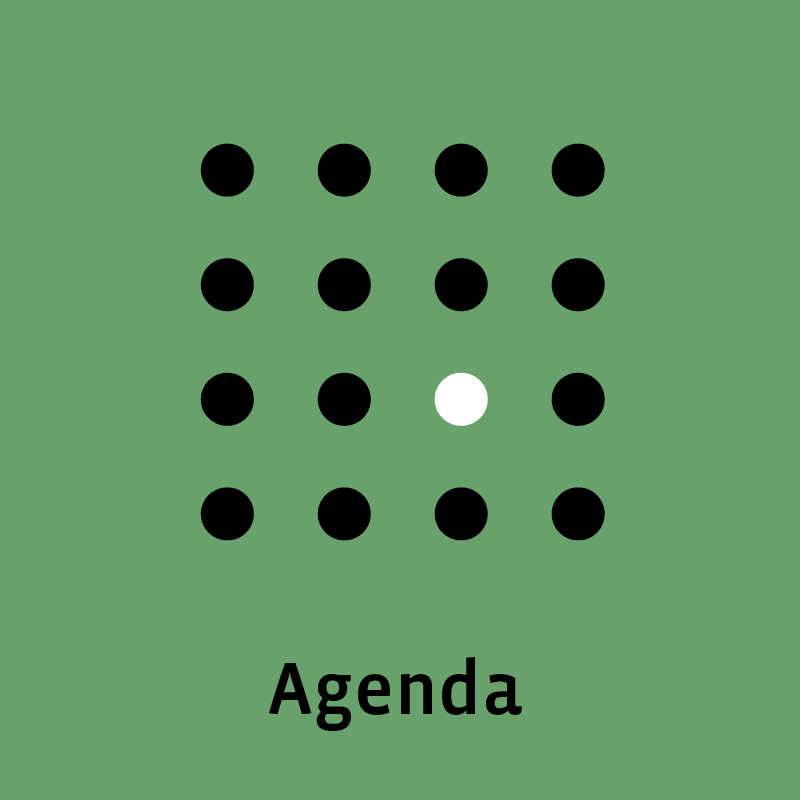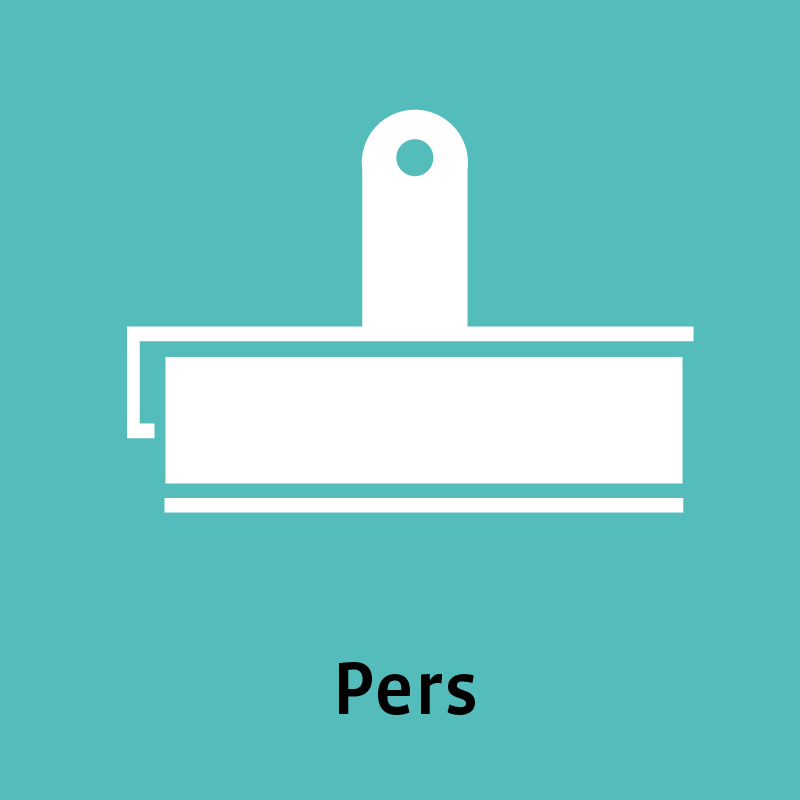
1
‘Waarheid is een slecht
gedrukt woord’
De eerste gedrukte teksten waren ‘blokdrukken’. Met die techniek wordt een tekst of afbeelding in een blok hout gesneden, dat daarna wordt bewerkt met inkt. Op dat blok hout wordt vervolgens een papier gedrukt, zodat de inkt op het papier terechtkomt. Rond 1050 begint de Chinees Bi Sheng met het gebruik van losse drukletters, waarmee de boekdrukkunst ontstaat. Deze techniek wordt zo’n 400 jaar later door Johannes Gutenberg herontdekt, waarmee de boekdrukkunst in Europa een feit is.
De eerste gedrukte boeken zien er in veel opzichten uit als geschreven boeken: de eerste zetletters lijken nog veel op handgeschreven letters. Dat is niet vreemd: bij het ontwikkelen van iets nieuws baseer je het uiterlijk op wat je kent. De druktechniek ontwikkelt zich echter snel en er ontstaan specifieke drukletters en inventieve manieren om sneller en in grotere oplages te drukken.
Dankzij de uitvinding van de boekdrukkunst kunnen oude en nieuwe teksten en ideeën met ongekende snelheid worden verspreid. Het overschrijven van boeken, het letterlijke monnikenwerk, verdwijnt. Daarmee verliest de geestelijkheid het monopolie op de toegang tót en verspreiding ván informatie. Dat zorgt op zijn beurt voor meer onderwijs, meer kennisverspreiding en minder censuur.
De drukpers is een revolutionair apparaat. De verhalen, pamfletten en boeken die erop gedrukt zijn, hebben onze samenleving veranderd. De drukpers heeft alles gedrukt: feiten, verzinsels en alles wat daar tussenin zit. De kracht van de leugen zit in de herhaling. Maar wat als je de waarheid drukt?
‘Truth is a poorly printed word’
The first printed texts were ‘woodblock printing’. With this technique, a wooden block is carved with text or an image and then applied with ink. Paper is then pressed on that wooden block, so that the ink ends up on the paper. Around 1050 Bi Sheng in China began using separate press letters, from which the art of printing books was developed. Some 400 years later, Johannes Gutenberg rediscovered this technique which made the printing press a reality in Europe.
In many ways, the appearance of the first printed books may seem like written books: the first typefaces looked a lot like handwritten letters. That is not surprising: in the development of something new is it natural to base the appearance on something known. However, printing technology quickly developed, with specific printing letters and inventive ways emerging to print faster and in larger quantities.
Thanks to the invention of printing, both old and new texts and ideas were disseminated at an unprecedented pace. The hand copying of books, the work of monks, disappeared. With this, the clergy lost its monopoly on the access and spread of information. This led in turn to greater levels of education and the dissemination of knowledge alongside less censorship.
The printing press is a revolutionary machine. The stories, pamphlets, and booked that have been pressed on it, have changed our society. The printing press has printed everything: from facts to fabrications and everything in between. The power of lies lays in their repetition, but what happens when you press the truth?

